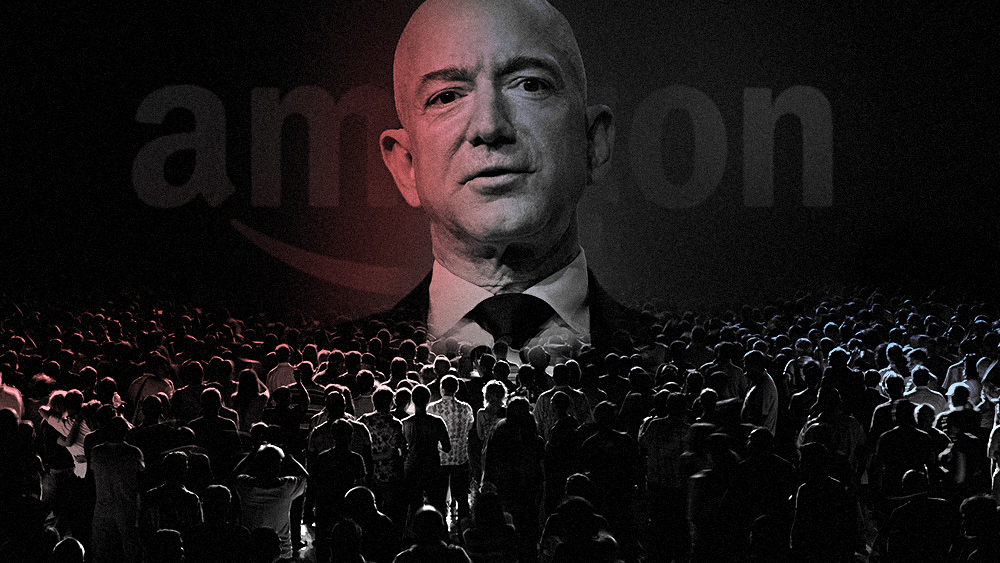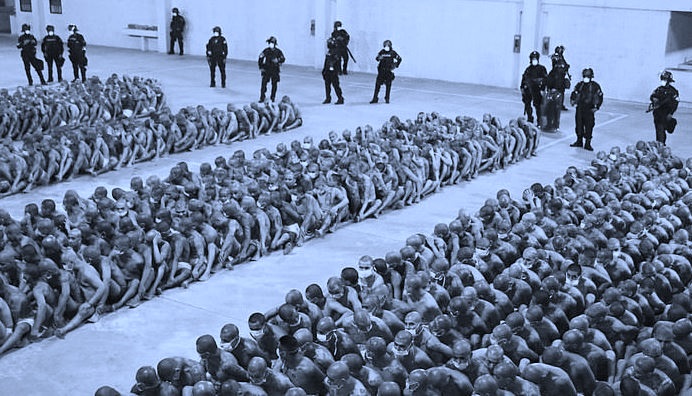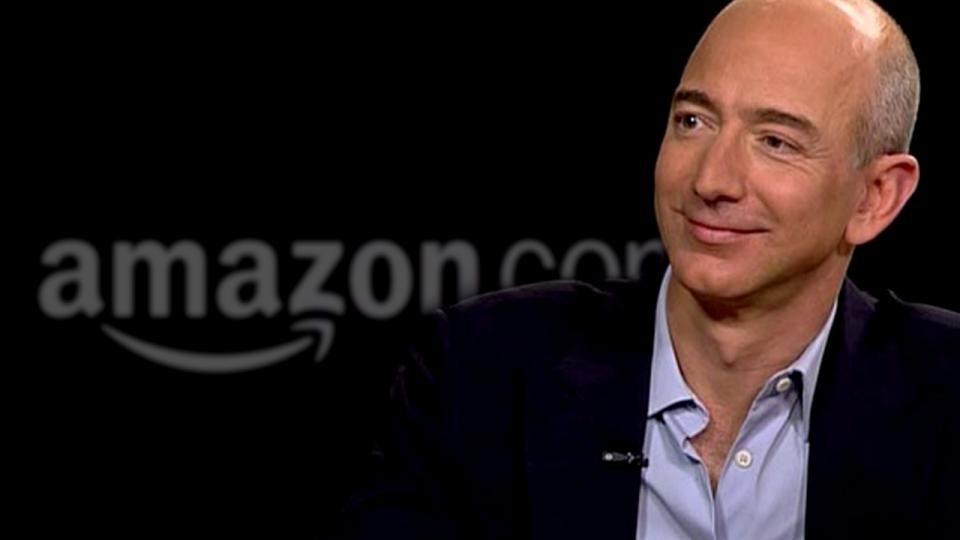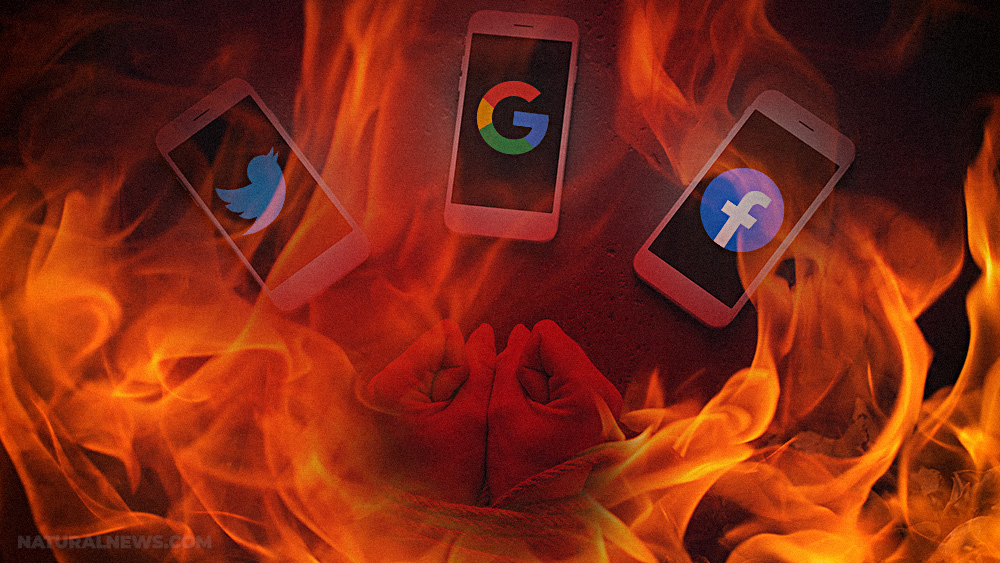
Advertisement
Amazon confirmed that two more of their warehouse workers who had tested positive for the coronavirus (COVID-19) have died. George Leigh, who worked out of Amazon’s Beth Page, New York distribution center, died on April 9. He was followed by another worker from Indiana, who has yet to be named, who died on April 30.
The two deaths bring the total number of COVID-19 deaths at Amazon warehouses to seven. However, Amazon’s process of not notifying workers makes the actual number difficult to determine. Several workers at Amazon’s IND8 fulfillment center in Indiana only learned of their co-worker’s death through rumors and claimed that management only informed employees more widely after being confronted.
“They weren’t going to say anything if it wasn’t for people asking questions,” a worker at IND8, who asked to remain anonymous out of fear of retribution, told the Verge.
Pressure on Amazon to address the outbreak
The workers’ deaths come as Amazon faces growing pressure to disclose the number of workers who have tested positive or died from the coronavirus. The situation has led to growing tensions between Amazon and warehouse workers nationwide. The latter has urged the company to put in greater safety precautions, including providing paid sick leave and closing down facilities, where positive cases have been reported, for cleaning and sterilization.
Amazon has pushed to maintain something resembling normal operations throughout the ongoing pandemic. Faced with a surge of orders, the company hired 175,000 new workers and resisted closing warehouses where workers tested positive — closing only one in the U.S., a returns processing facility in Kentucky, after the governor ordered it shut down. After temporarily stopping deliveries of nonessential goods to warehouses, the company has now lifted those restrictions and claims that delivery times have begun to fall to pre-outbreak levels. (Related: At least 11 Amazon warehouses infected with coronavirus, still shipping packages.)
Workers, activists and lawmakers have raised concerns about the safety of Amazon’s warehouses during the pandemic. Starting in late March, warehouse workers have staged walkouts calling for facilities to be closed and cleaned after one of their co-workers tested positive for the coronavirus. Last week, senators wrote a letter demanding information on the termination of several workers who were fired for raising safety concerns. Earlier this month, an Amazon vice president resigned over the firing of workers who called for the improvement of warehouse conditions.
“Remaining an Amazon VP would have meant, in effect, signing off on actions I despised, so I resigned,” stated Tim Bray on his decision to leave his position as a senior engineer and vice president at Amazon Web Services.
Amazon claims it’s doing its part
For its part, Amazon has instituted safety measures in its fulfillment centers. These include temperature checks, face masks and increased cleaning.
“Our top concern is ensuring the health and safety of our employees,” Amazon said in a statement. “And we expect to invest approximately $4 billion from April to June on COVID-related initiatives to get products to customers and keep employees safe.”
The company also claimed that the infection rates at its warehouses were at or below those in the communities where they’re located.
Workers at IND8 and other warehouses, however, say that the cleaning has been uneven and that conditions are usually too crowded for them to follow proper social distancing. They also worry that recent policy changes at Amazon put them at greater risk.
Earlier this month, the company reversed a policy that it implemented during the start of the outbreak that allowed workers to take unlimited time off without pay. That policy allowed workers who feared to their safety — and could afford to go without a paycheck — to stay at home without being fired, even if they overdrew their quarterly allotment of unpaid time off.
When the unpaid time off policy was ended, workers say that their working conditions became far more crowded.
“Before we had the unlimited UPT [unpaid time off] so if people didn’t feel safe, they didn’t have to come to work,” explained a worker at IND8. “When that went away, we went from having one hundred twenty-five people back to four to five hundred people per shift. It’s really crowded.”
Now, the workers are worried that the end of the time-off policy will push people who feel sick and may have the coronavirus to come to work, exposing more workers to the disease.
Sources include:
Advertisement
Advertisements
















